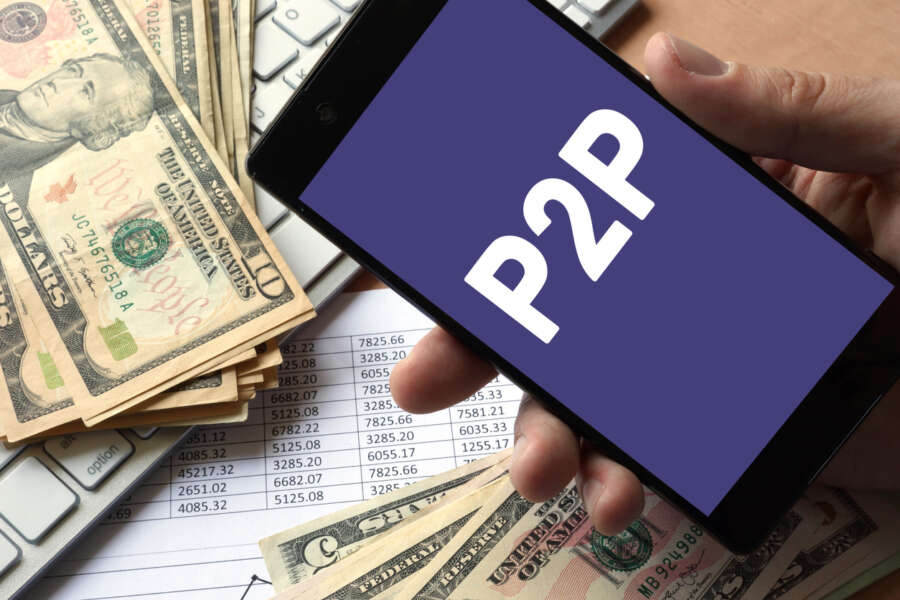
Peer to peer lending is a type of financial product that connects both individual investors and people who are looking for loans or other financial products. The idea is that an investor or a company can invest with a peer to peer company and receive an annual return on investment, assuming that they do not withdraw their funds for a certain period, often at least 12 months.
For a borrower or someone looking for a loan, they might opt for a peer to peer lender because of the good rates offered, particularly those with bad credit. This type of lender or platform can assist more for people with adverse credit, because if it is backed by investors, they are interested in receiving a potentially higher rate.
It is also known as a P2P lending, network or platform and truly, the company acts as a middleman, and their roles include making credit decisions, underwriting, offering returns to investors, diversifying risk over multiple borrowers and collecting repayments. The peer to peer lending takes a percentage in between, known as arbitrage.
What kind of interest rates can I get through peer to peer lending?
The average returns for an investor are around 3% to 10% based on locking in your funds for one year – and the potential return will depend on the risk that you take on. With good credit or low risk profiles, it is closer to the 3% mark, but the more risk or bad credit customers you are willing to lend to, this can be as high as 15% (source: Fund Ourselves)
How many peer to peer lenders are there?
There are only a handful of peer to peer lenders in the US and the UK and it appears to be quite a specialist business. There have been a number of competitors who have run out of funds, lending out too much and unable to offer the high returns promised. However, these companies offer very long-term reparation schemes to help investors recover their losses.
Peer to peer lending can be used for distributing money for short term loans, business loans (often with guarantees in place) and even crowdfunding of property. The concept is quite open and can be used for multiple purposes.
Is peer to peer lending safe?
Yes, p2p lending is a very safe proposition and the industry has a very good reputation. It is not an industry that is being investigated in the UK or one that has attracted much criticism.
It is a regulated industry and whether you are a borrower or an investor, it is a safe product.
Is peer to peer lending regulated and covered by the FSCS?
Yes, peer to peer lending is regulated as an investment and a consumer credit business. This means that you need to be FCA authorised in the UK and uphold a number of high quality standards to operate and continue trading legally.
However, the product is not covered by the financial services compensation scheme (known as the FSCS). This means that any losses as an investor cannot be reimbursed or compensated by a bank or regulator, so if you lose your investment because the company goes under or your borrowers do not repay, you are liable for these losses.
With this in mind, it is always important to know that any potential returns are not guaranteed and could be off by a few percent, although this is not often.
What happens if the borrowers default on payments?
If a borrower defaults on loan repayments, this will naturally impact the final rate that the investor receives as a return on investment. At the end of the loan period (i.e 12 months), the investor will receive their rate and this could be lower or higher than expected or right on point.
Any losses are the responsibility of the P2P platform to recover these and they will use their customer service teams to follow up on bad debts. The provider will also usually have a provisional fund in place which aims to replace any losses that the investors may have.


